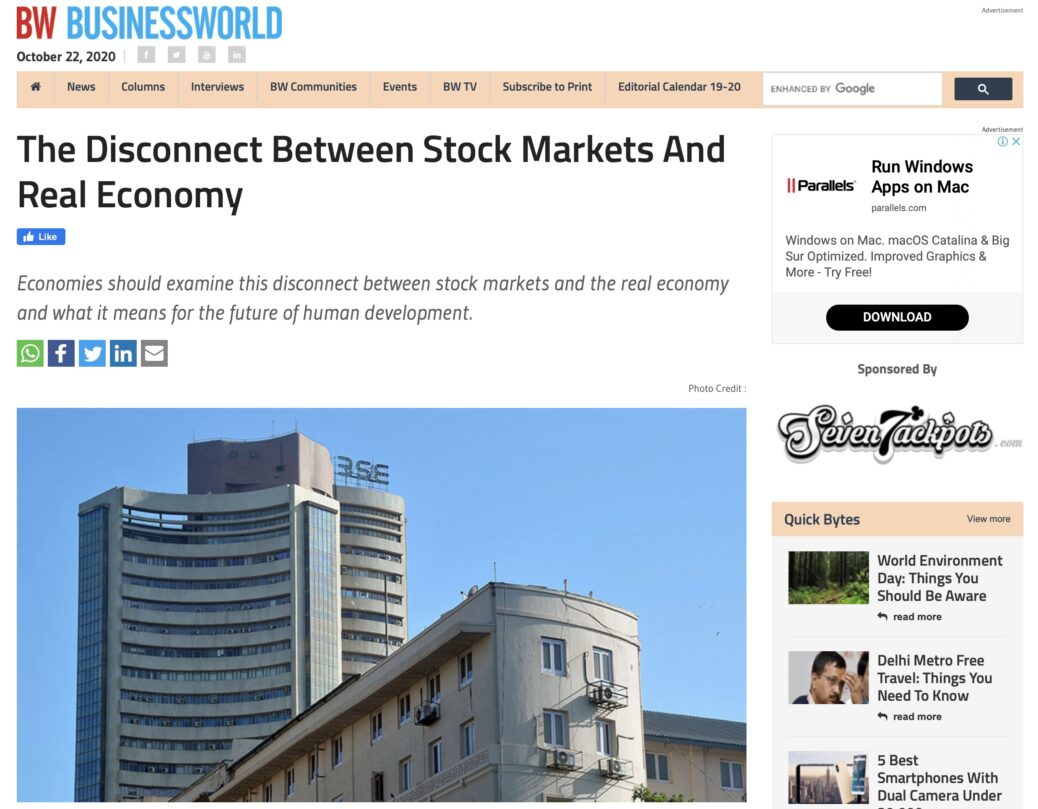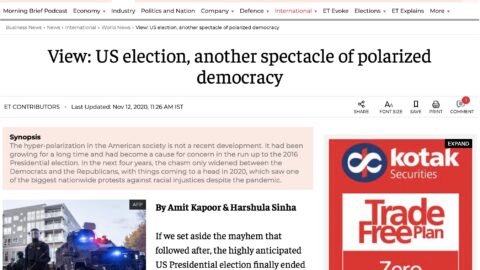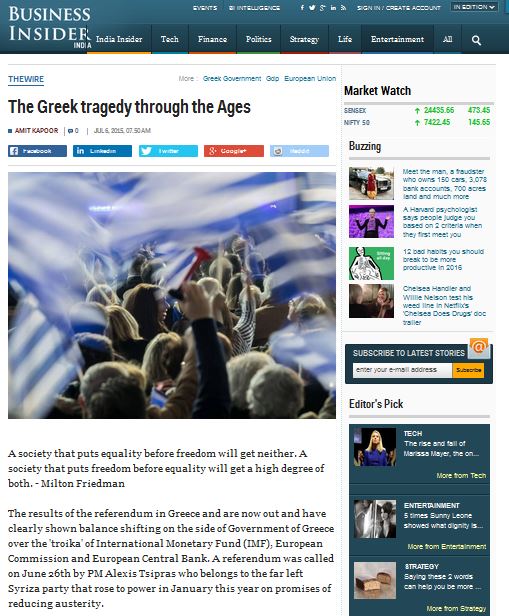The disconnect between Stock Markets and Real Economy
Despite the high unemployment levels, a possible economic contraction in the coming quarters and a pandemic that is far from receding, the stock markets surprisingly bear no reflections of the real economy.
Before the virus had reached India, the Sensex had touched an all-time high of 42,273 on 20th January this year. Between its January peak and the announcement of a nation-wide lockdown on March 24 following the spread of disease in India, the Sensex dropped about 40 percent to a low of 25,638.
However, the markets have recovered to near pre-COVID levels since then. This comes when the economic and health prospects of the country continue to be bleak and the full impact of COVID on the real economy remains to be realised. This decoupling of the capital markets with the real economy is being witnessed globally. The US stock markets that had initially dropped by about 34 percent between mid-February and March, have recovered by over 43 percent since then. This comes despite the US officially entering its first recession since the 2008 crisis, in February.
Clearly, stock markets are not a reflection of the economic situation by any standards. But the recovery has been astonishingly fast. For context, the Indian stock markets had taken a year to reach pre-crisis level after the 2008 crisis.
This anomaly could have a behavioural explanation or a macroeconomic one. The exact drivers and their extent might need further research.
The behavioural explanation for the trend could be the lack of familiarity of investors with the pandemic, as outlined by Robert Shiller’s work on how narratives shape economic outcomes. Shiller argues that investors’ lack of familiarity with this unprecedented crisis caused the initial market resilience in US until mid-February. Moreover, the investors had not anticipated the global spread of the virus and the massive economic lockdown in response, and the stories of the catastrophe coming from China and Italy were what drove the following dip. Eventually, investors returned to the familiar territory of previous economic crises when government announced aggressive stimulus, which then led to a prompt and promising recovery.
However, Shiller’s idea of narratives does not explain the disconnect between capital and real markets over the long run, or why these trends are developing into a norm. It cannot explain why India’s stock markets have continued to rally when quarterly growth rate has been consistently falling since Q4 of FY18.
A macroeconomic explanation could be traced back to the excessive liquidity infusion in the global markets over the last decade, which was driven by the quantitative easing in the developed world. Most of this money has found its way into capital markets for easy returns instead of materialising as real investments, and a lot of it has also flown into the capital markets of developing countries like India. Investors are also assured that central banks and government will back their capital with taxpayer money in case of market failure. Hence, capital markets have begun to provide faster and more secure returns than real investments. This could be one of the major factors driving this trend.
This indicates that the modern global economy is rewarding capital owners the most. If more and more capital is diverted to unproductive investments instead of towards real capital assets like factories and machines, it will reduce employment opportunities in the future. This could have grave implications for poverty and inequality in the long run. Thus, economies should examine this disconnect between stock markets and the real economy and what it means for the future of human development.
The article was published with Business World on August 4, 2020.
























